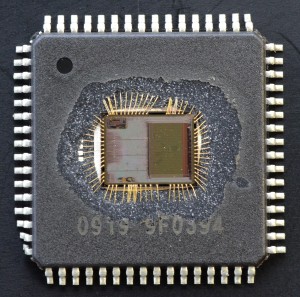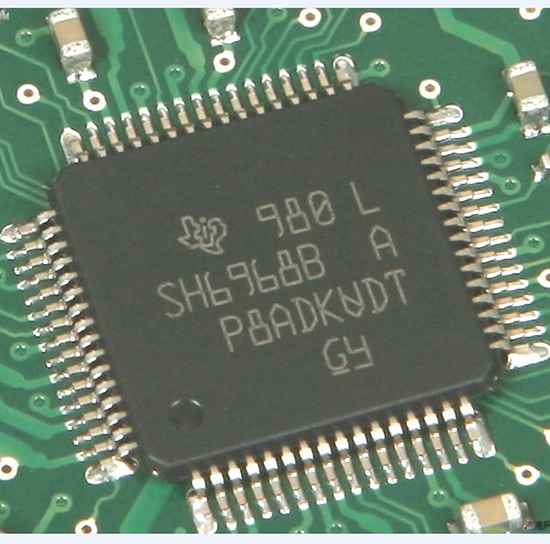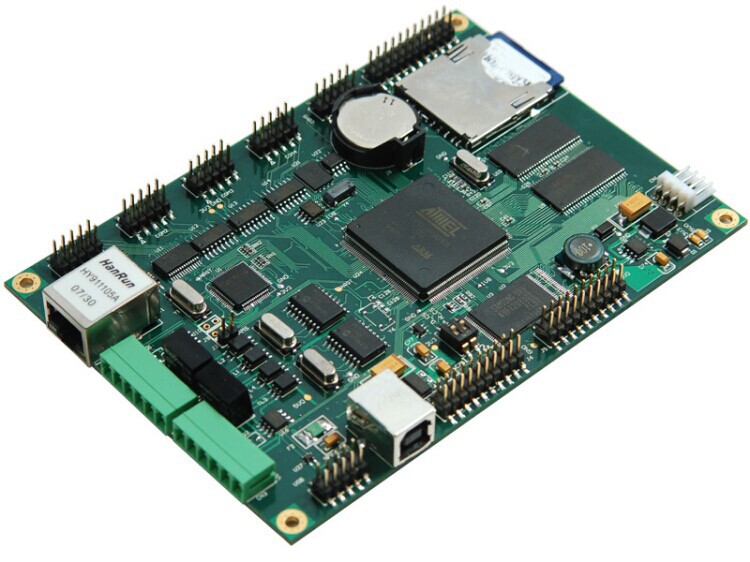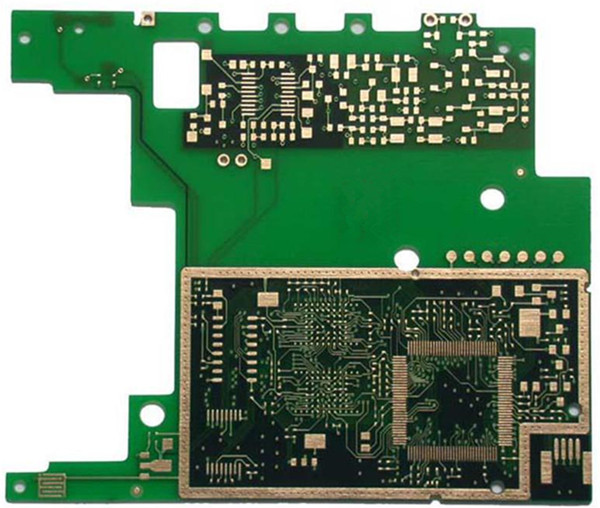PCB Assembly Process-9 Tips On How To Ensure a Smooth PCB Assembly Process
The PCB Assembly Process: An Overview Before diving into the tips, let’s review the main steps of the PCB assembly process at a high level: Design & Manufacturing: It a
PCB REVERSE ENGINEERING
IC Unlock + PCB Reverse engineering Services - We will crack your IC sample. You will receive IC program in Bin / Hex file for burning any new ICs
PCB to schematic, Schematic to Gerber file, PCBA to Schematic Gerber & Bom List
We focus on a strategy of continuous customer-centric innovation. The goal is to deliver timely solutions for anticipated and actual customer.
We offer our customers from around the world to maintain a very good communication and product support services.
We will reverse engineer your PCB sample, and deilver the engineering file into:1. PCB 2. Gerber File 3. BOM List 4. Schematic Diagram
16 years deep in the reverse analysis of integrated circuit technology, senior technical team, skilled, experienced in a variety of blind buried hole PCB , laser blind hole board, UHF board, ceramic board , component density, all over the microstrip lines and other long lines, high-frequency processing requirements and strict control of electromagnetic compatibility of the communication board copy




All about PCB Reverse Engineering & IC Crack
The PCB Assembly Process: An Overview Before diving into the tips, let’s review the main steps of the PCB assembly process at a high level: Design & Manufacturing: It a
The Insatiable Acquisition Appetite of Maxim Integrated Maxim Integrated Products, Inc., a leading global manufacturer of analog and mixed-signal integrated circuits, has a long hi
Introduction to Electro Schematics Electro schematics, also known as circuit diagrams or electrical schematics, are visual representations of electrical circuits. They use standard